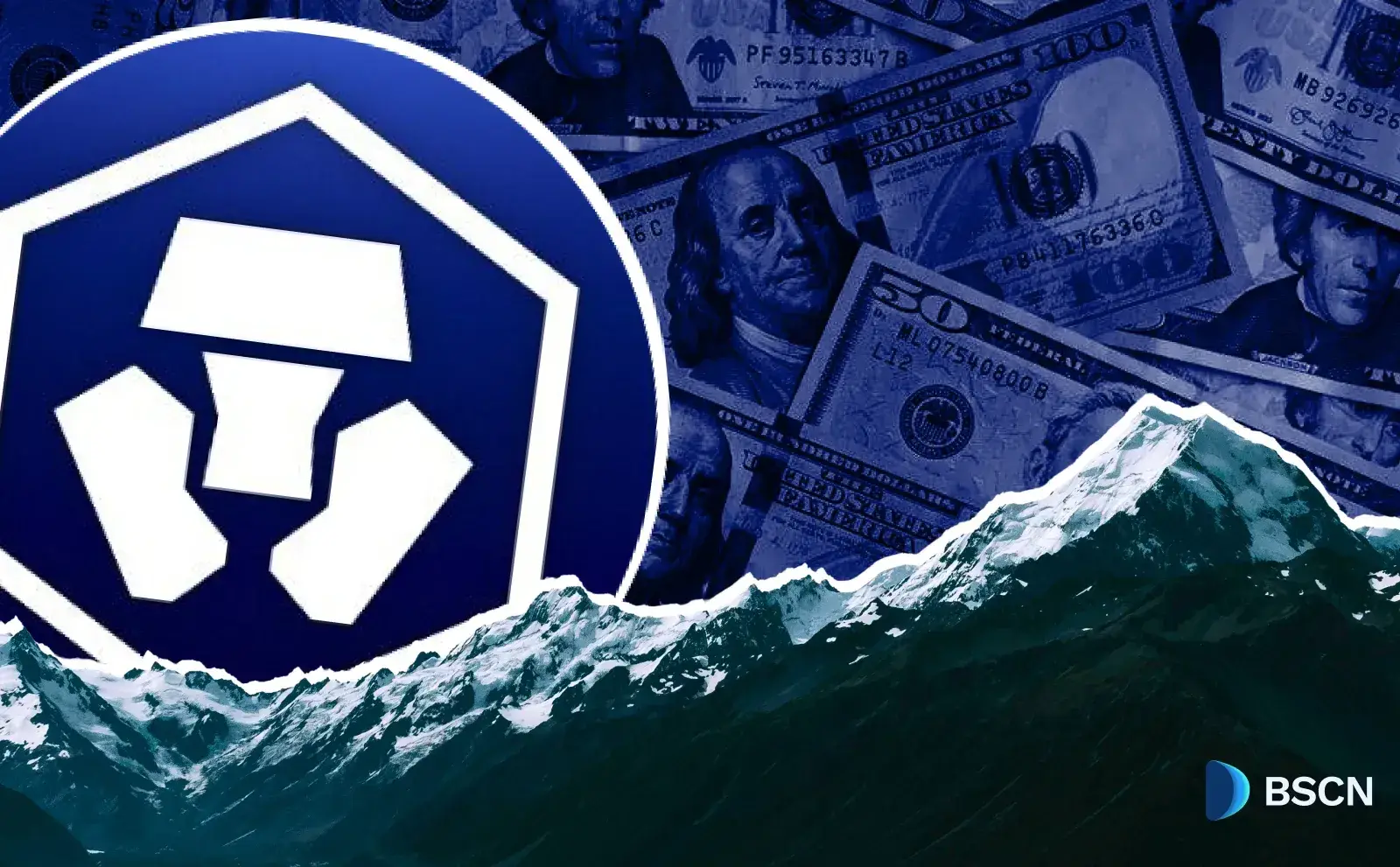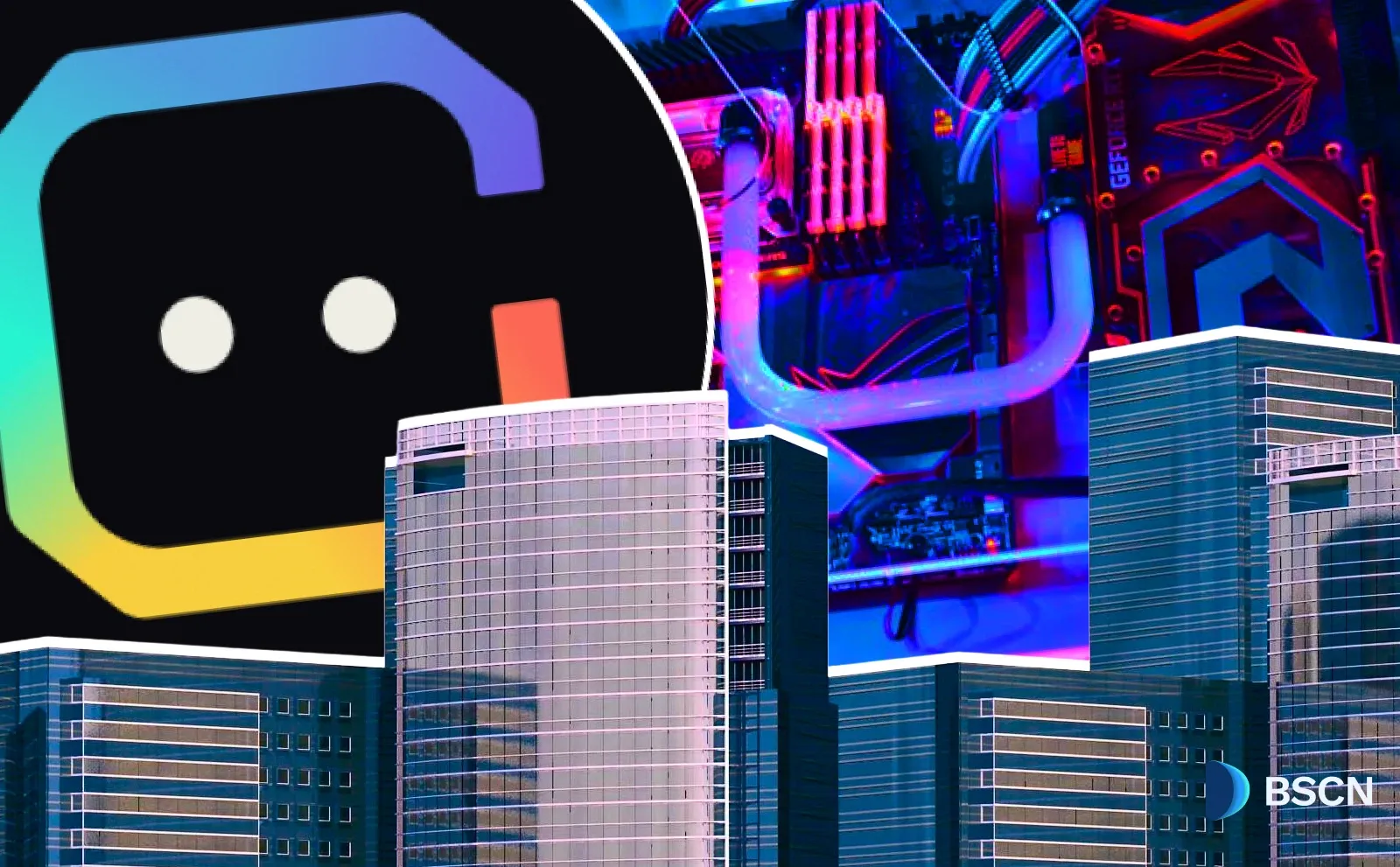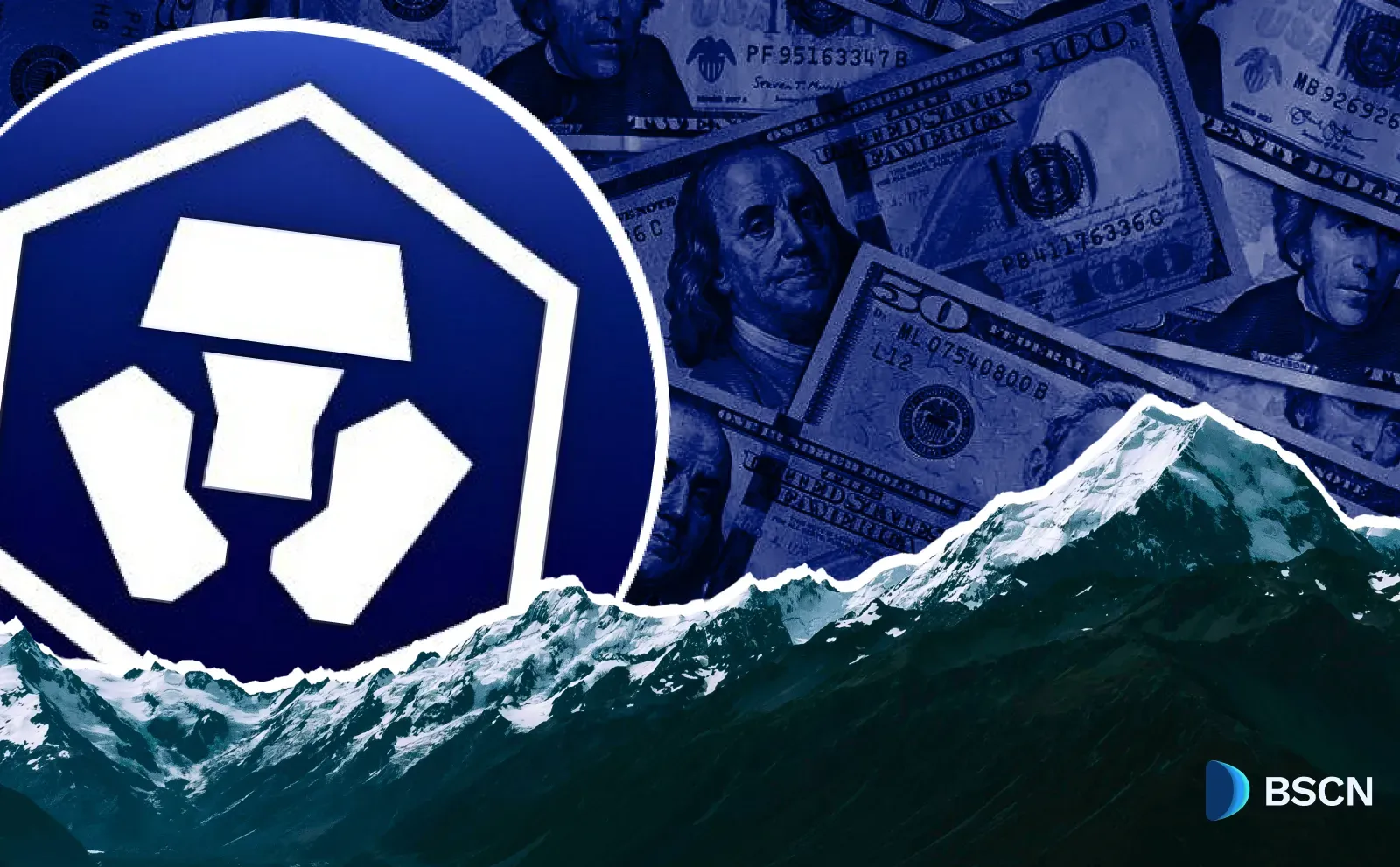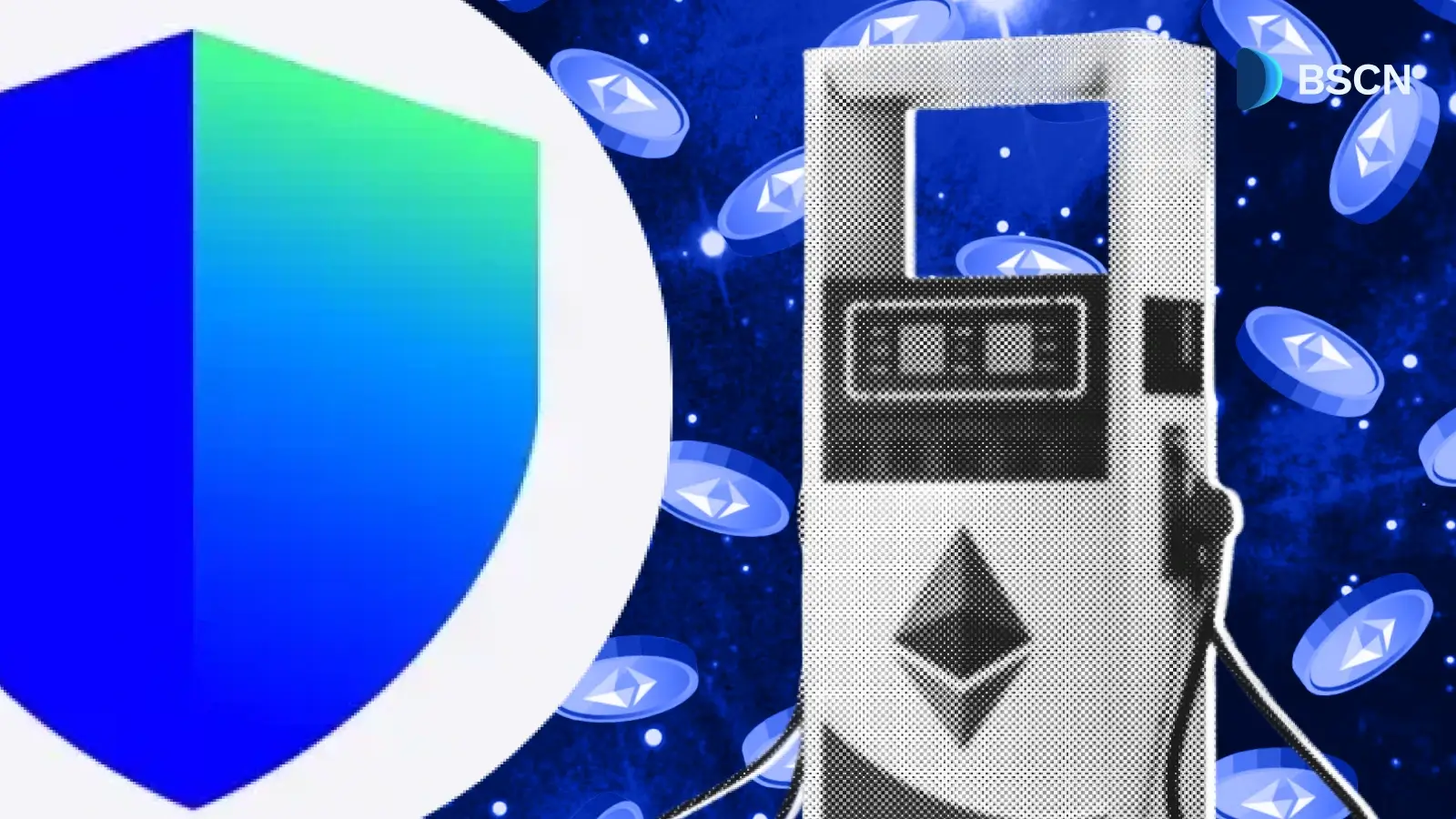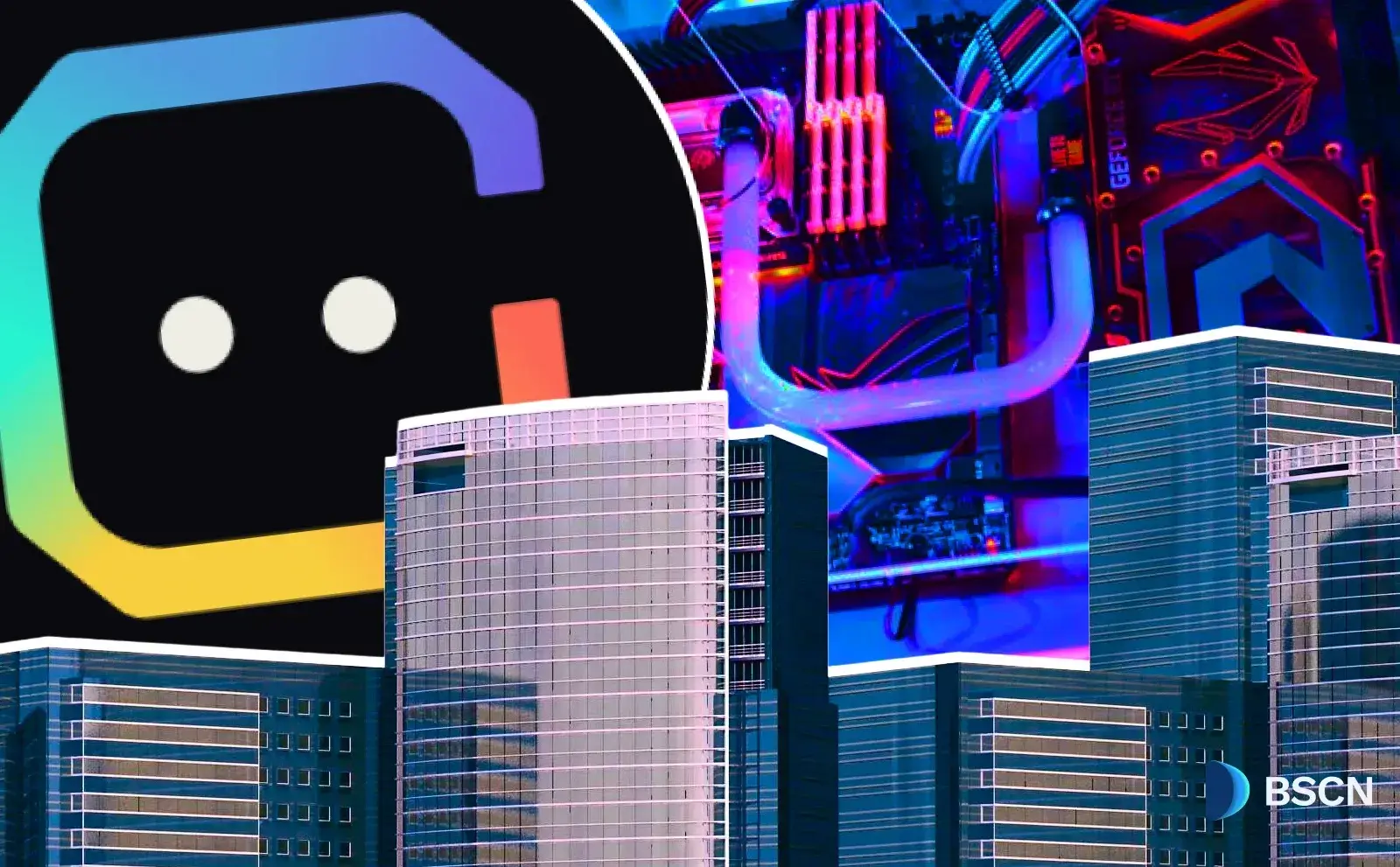News
(Advertisement)
Will Pump.fun Launch Its Own AMM? What Does It Means for the Solana Ecosystem?
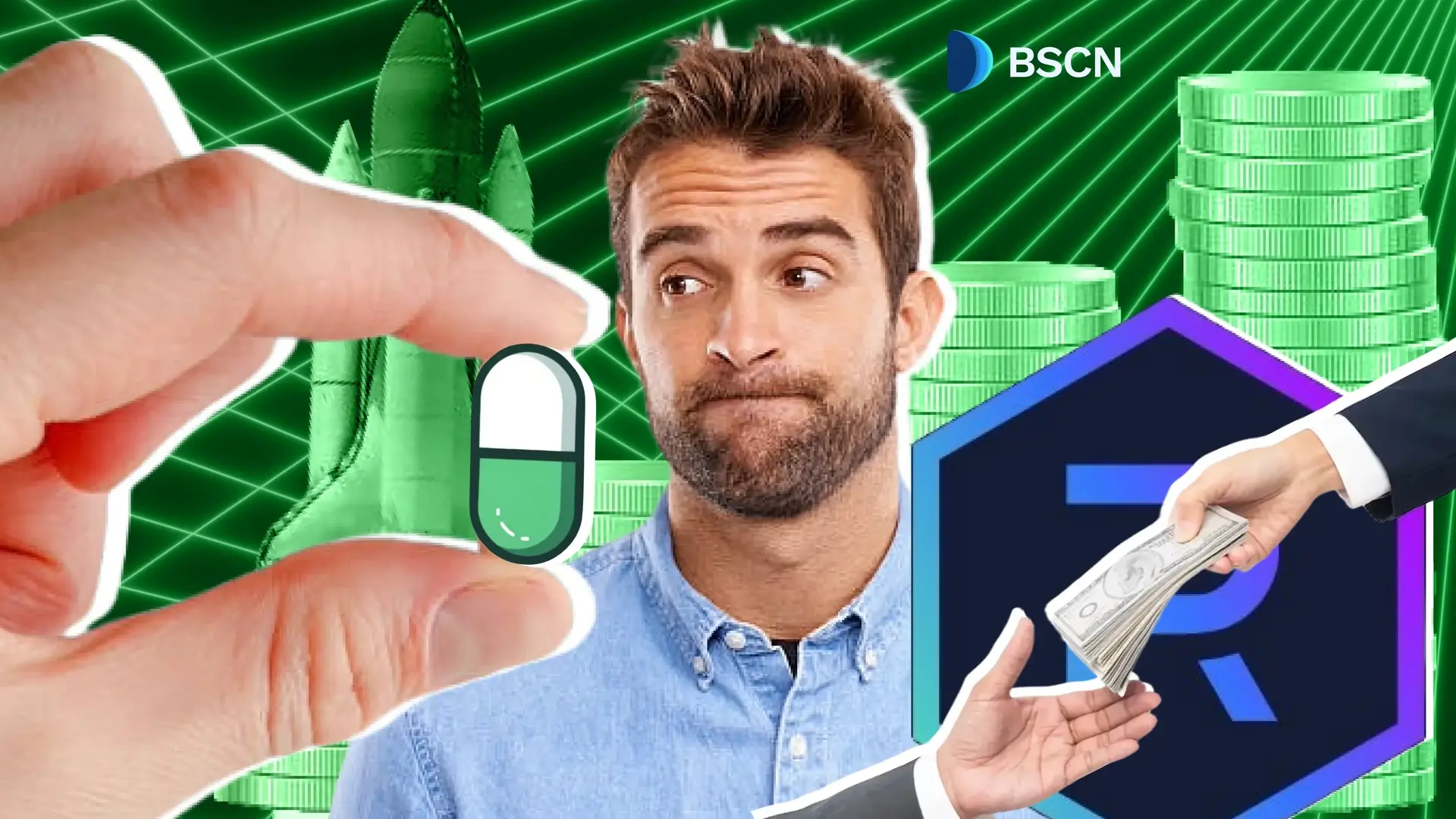
If implemented, Pumpfun’s AMM could capture more swap fees, reduce reliance on Raydium (RAY), and provide new earning opportunities for liquidity providers.
Soumen Datta
February 24, 2025
(Advertisement)
Table of Contents
Pumpfun, the Solana-based token launch platform, is rumored to be developing its own automated market maker (AMM). While no official statement has been made, according to blockchain researcher trenchdiver101, Pumpfun is testing its AMM on a private testnet. A new liquidity pool, amm(.)pump(.)fun, has been reportedly spotted under internal testing.
Per reports, on-chain transactions from February 20 show a test token called Snowfall (CRACK) added to a Pumpfun liquidity pool. Interestingly, after trenchdiver’s post, CRACK surged to a peak $5.4 million valuation within an hour, according to DEX Screener.
If Pumpfun proceeds with this move, it could change how memecoins and microcap tokens trade on Solana, directly challenging Raydium (RAY)—the current leading AMM for Solana-based tokens.
What Is Pump.fun’s AMM and Why Does It Matter?
An automated market maker (AMM) allows users to trade cryptocurrencies directly against liquidity pools rather than traditional order books. Currently, when a memecoin on Pump.fun gains traction, it graduates to Raydium, where trading activity continues.
However, with an in-house AMM, Pumpfun could:
Keep liquidity within its own ecosystem
Capture more trading fees instead of sharing them with Raydium
Introduce new financial products, such as memecoin perpetuals and lending
This shift could drastically reduce Raydium’s trading volume, potentially impacting its token price and market dominance.
Raydium’s Business at Risk?
If Pumpfun fully integrates its AMM, it could reduce the need for new tokens to graduate to Raydium. This would allow the platform to control its liquidity pools, extract higher fees, and possibly offer incentives to token holders.
This shift could significantly impact Raydium's trading volume, with estimates suggesting a 30-50% decline if Pump.fun moves forward. This fear has already hit Raydium’s token price, with RAY dropping 30% in 24 hours following the rumors.
A typical Raydium swap takes a 0.25% fee, but some analysts suggest Pumpfun could charge higher fees, potentially doubling its revenue under current market conditions.
“Degens are accustomed to paying high fees for trades,” noted Shoal Research founder Gabriel Tramble. This means traders may not mind the increased costs if the new AMM offers better trading experiences.
If liquidity starts shifting to Pump.fun’s pools, Raydium may need to adjust fees, add incentives, or innovate to stay competitive.
New Features or New Risks?
Pumpfun’s AMM could introduce new trading features, but it may also come with increased risks.
Potential Features:
Memecoin perpetuals – Letting traders bet on meme tokens with leverage
Lending pools – Allowing users to borrow against memecoin holdings
Custom reward mechanisms – Potentially offering incentives for liquidity providers
Potential Risks:
Security concerns – AMMs are frequent targets for smart contract exploits
Regulatory scrutiny – New financial instruments may attract unwanted attention
Trust issues – Pumpfun was recently linked to the $1.4 billion Bybit hack, raising concerns about security protocols
If Pumpfun does not prioritize security, traders could face rug pulls, flash loan attacks, or liquidity drain risks.
Why Is Solana the Battleground for Memecoin Liquidity?
Memecoins dominate Solana’s DeFi sector, with Pumpfun playing a major role in token launches. According to DeFiLlama, Pumpfun has generated over $500 million in swap fees.
With 1.4% of launched tokens migrating to Raydium, a built-in AMM would allow Pump.fun to retain liquidity and monetize trading volume.
If Pumpfun succeeds, other Solana DEXs may need to rethink their strategies, including:
Raydium – Potentially reducing swap fees or introducing incentives
Orca – Adapting to the new memecoin trading landscape
Drift Protocol – Exploring new products to compete
Read Next...
Disclaimer
Disclaimer: The views expressed in this article do not necessarily represent the views of BSCN. The information provided in this article is for educational and entertainment purposes only and should not be construed as investment advice, or advice of any kind. BSCN assumes no responsibility for any investment decisions made based on the information provided in this article. If you believe that the article should be amended, please reach out to the BSCN team by emailing [email protected].
Author
 Soumen Datta
Soumen DattaSoumen has been a crypto researcher since 2020 and holds a master’s in Physics. His writing and research has been published by publications such as CryptoSlate and DailyCoin, as well as BSCN. His areas of focus include Bitcoin, DeFi, and high-potential altcoins like Ethereum, Solana, XRP, and Chainlink. He combines analytical depth with journalistic clarity to deliver insights for both newcomers and seasoned crypto readers.
(Advertisement)
Latest News
(Advertisement)
Crypto Project & Token Reviews
Project & Token Reviews
Comprehensive reviews of crypto's most interesting projects and assets
Learn about the hottest projects & tokens

